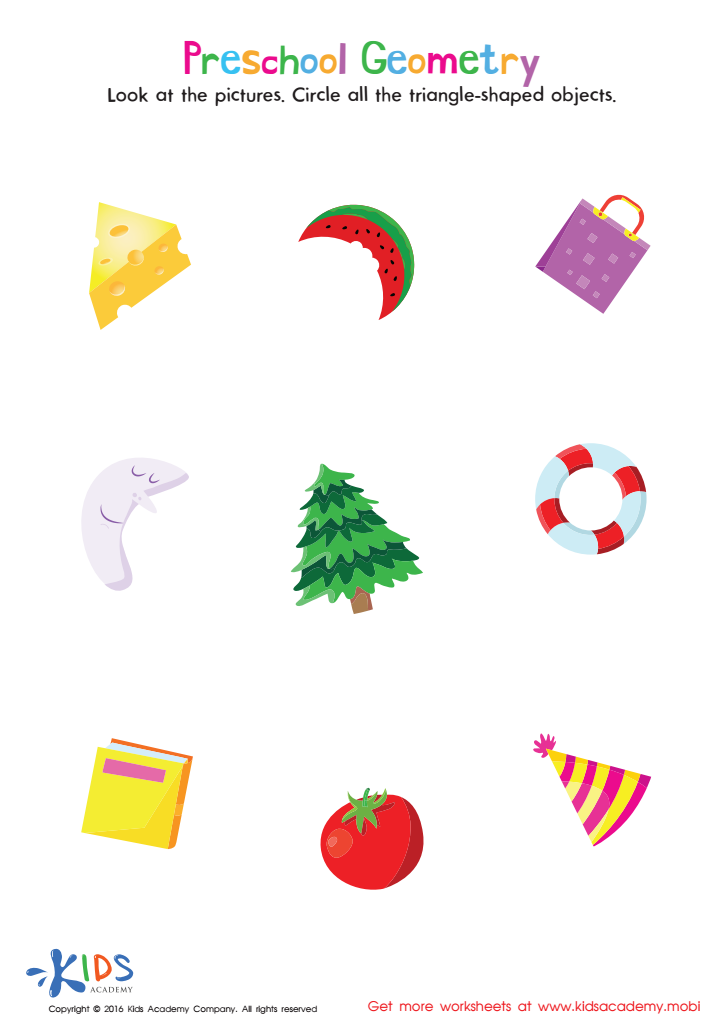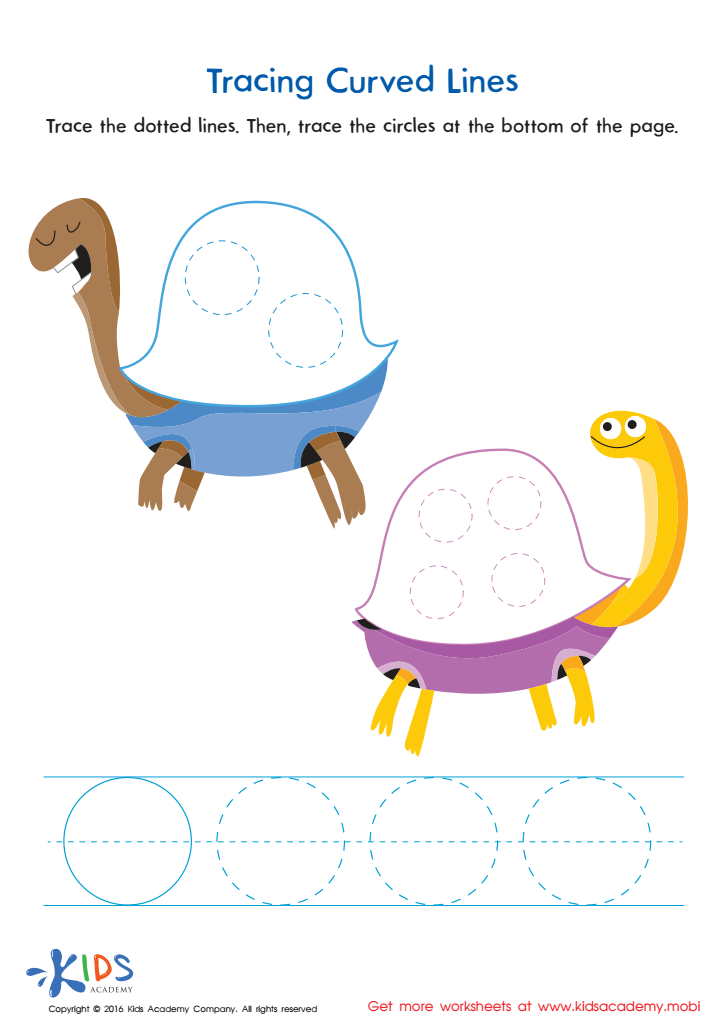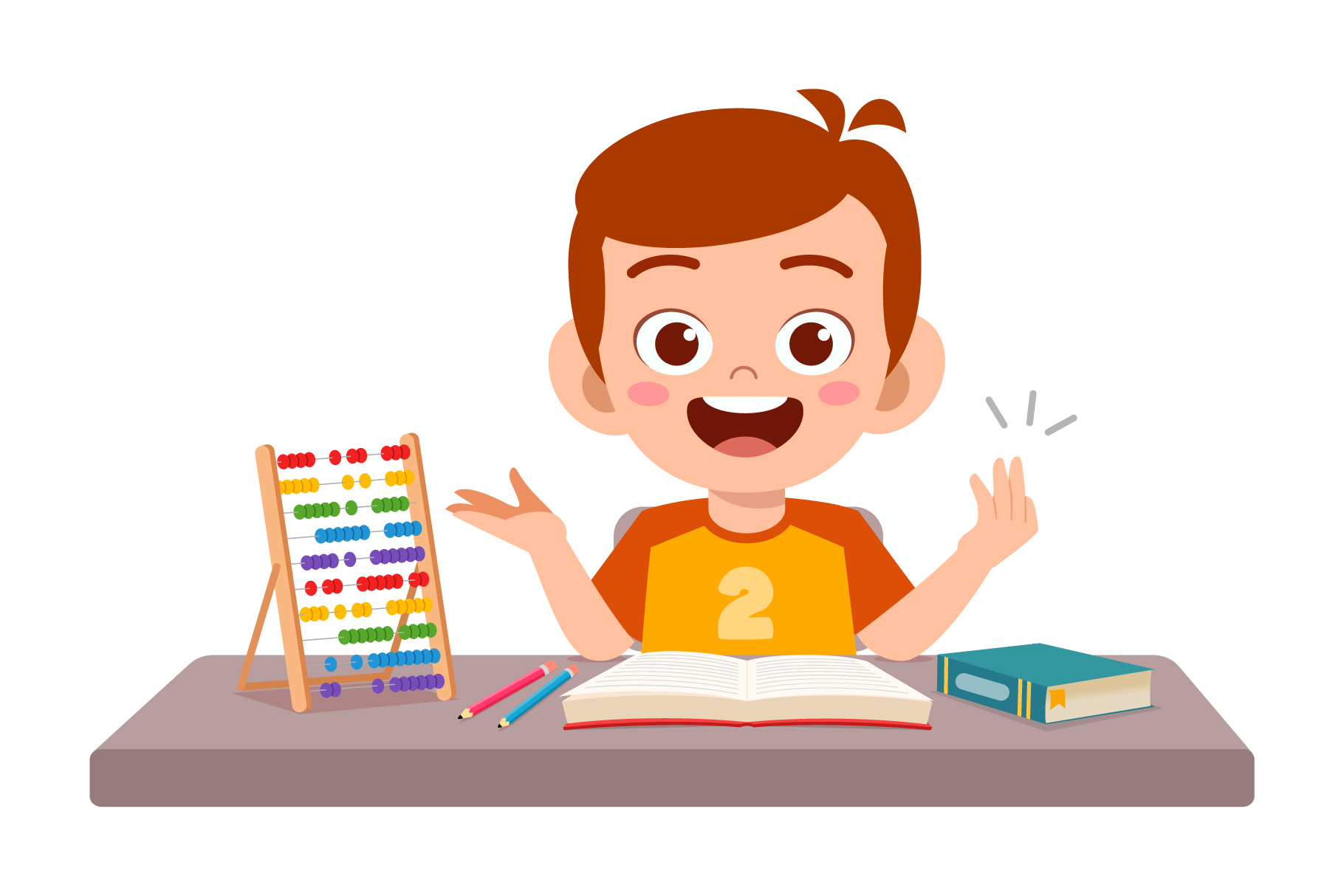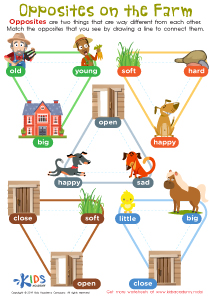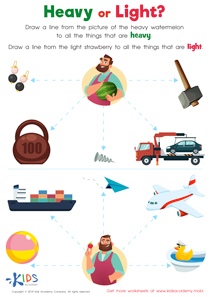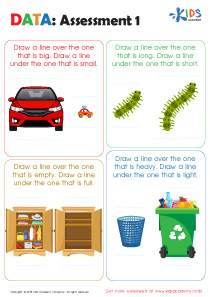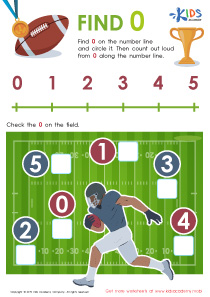Normal Geometry Worksheets for Ages 3-6 - Page 2
58 filtered results
-
From - To
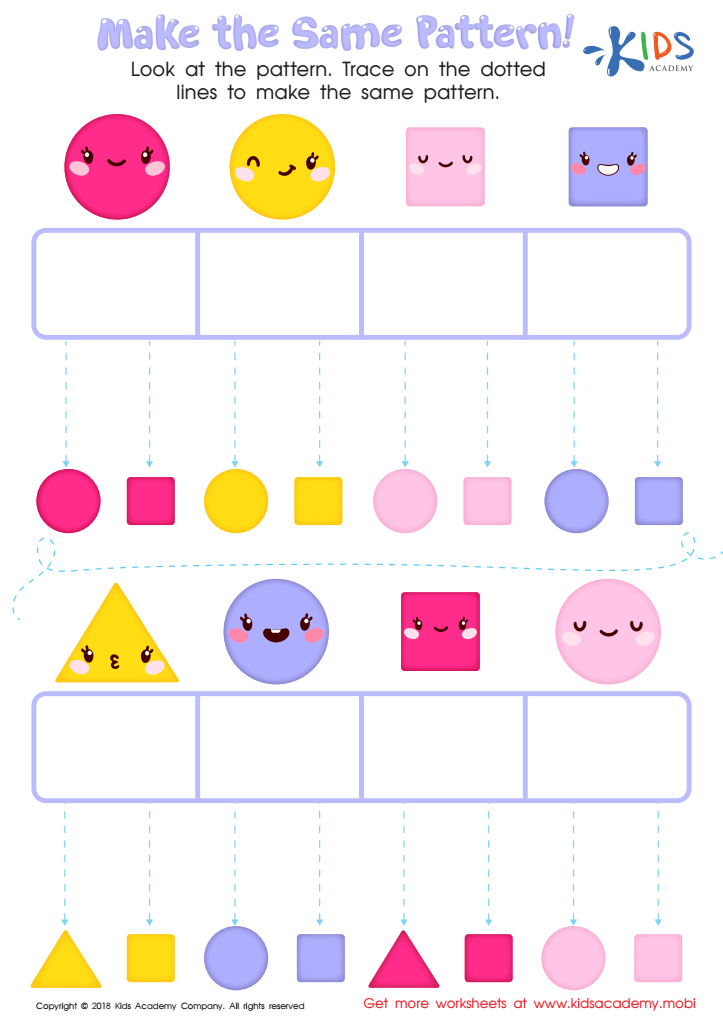

Make the Same Pattern Worksheet


Cinderella Geometry Maze Worksheet
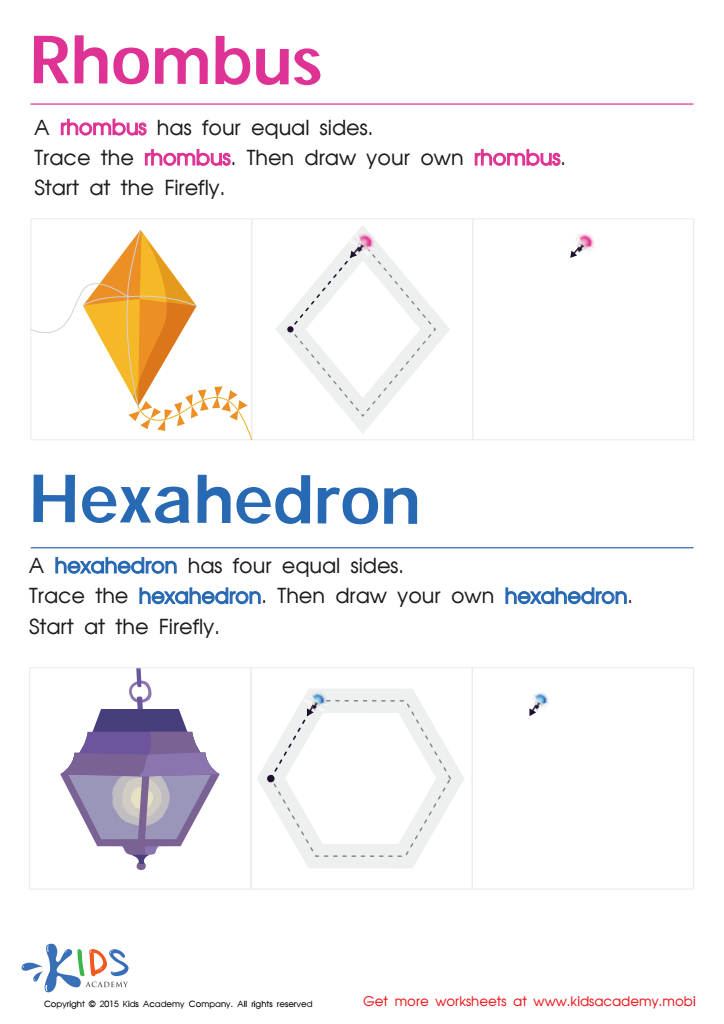

Draw a Rhombus And a Hexahedron Printable
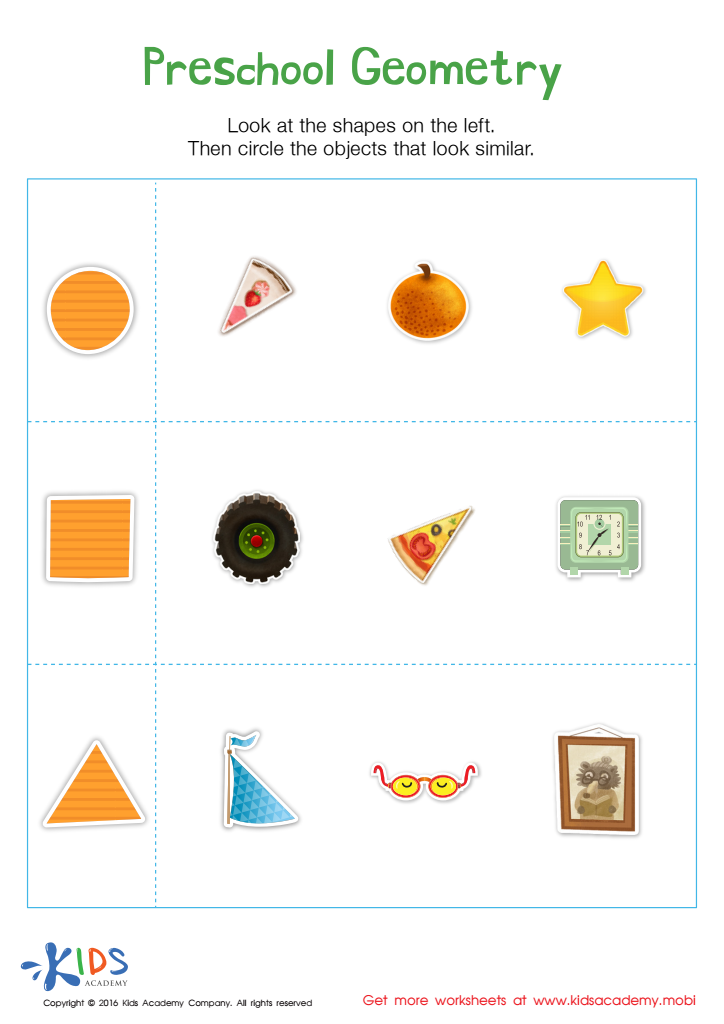

Preschool Geometry Match Up Worksheet
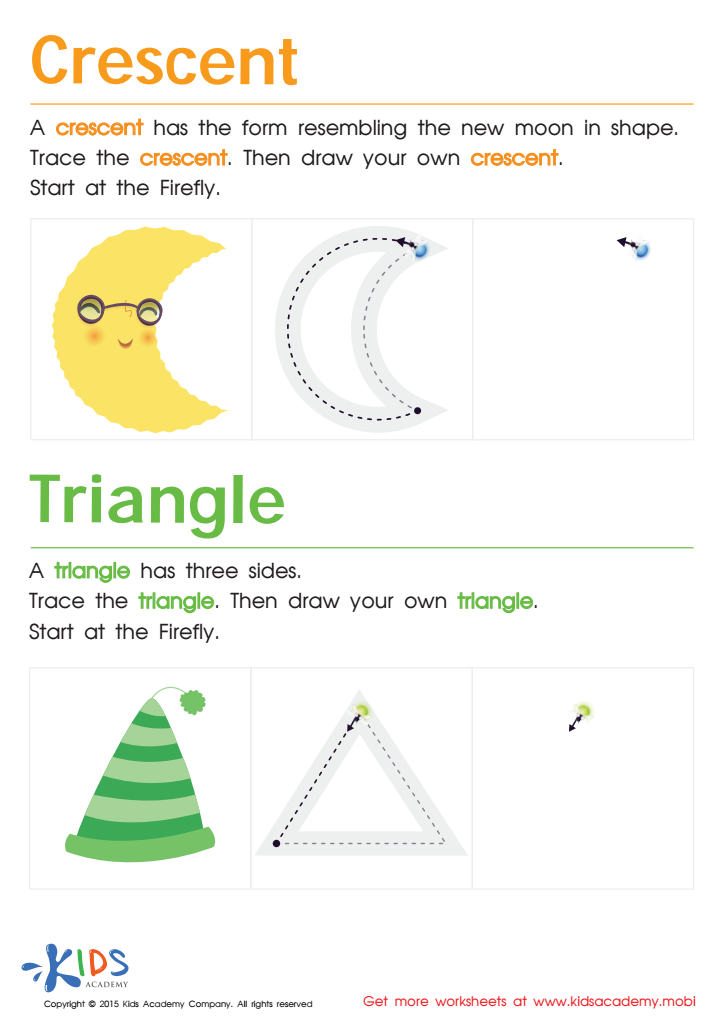

Learning to Draw Crescents And Triangles Worksheet
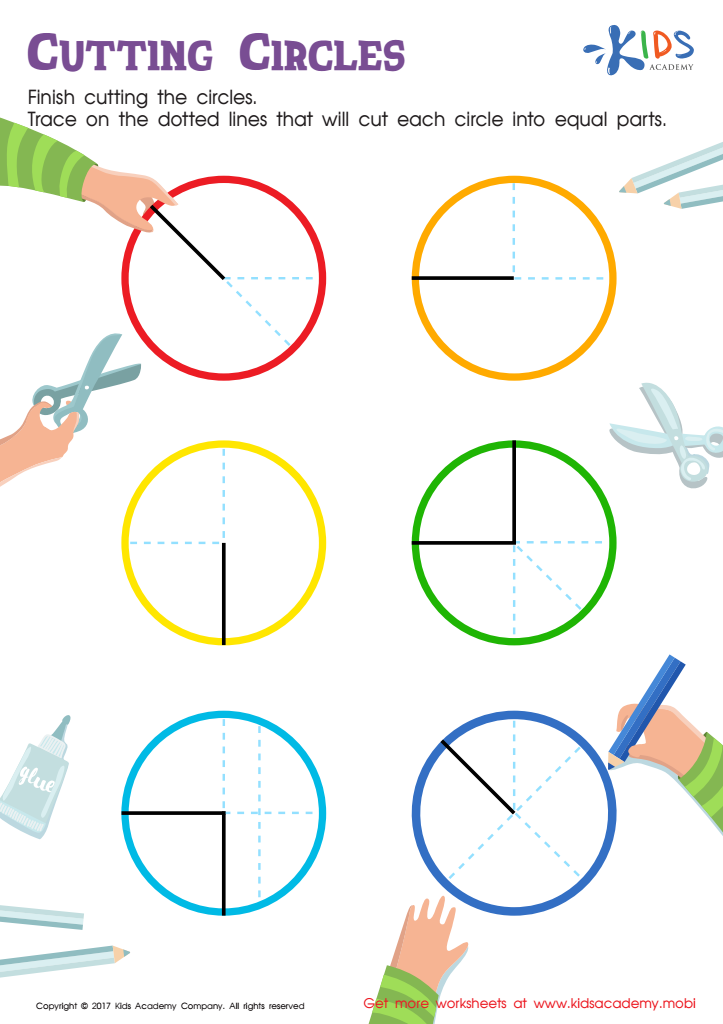

Cutting Circles Worksheet
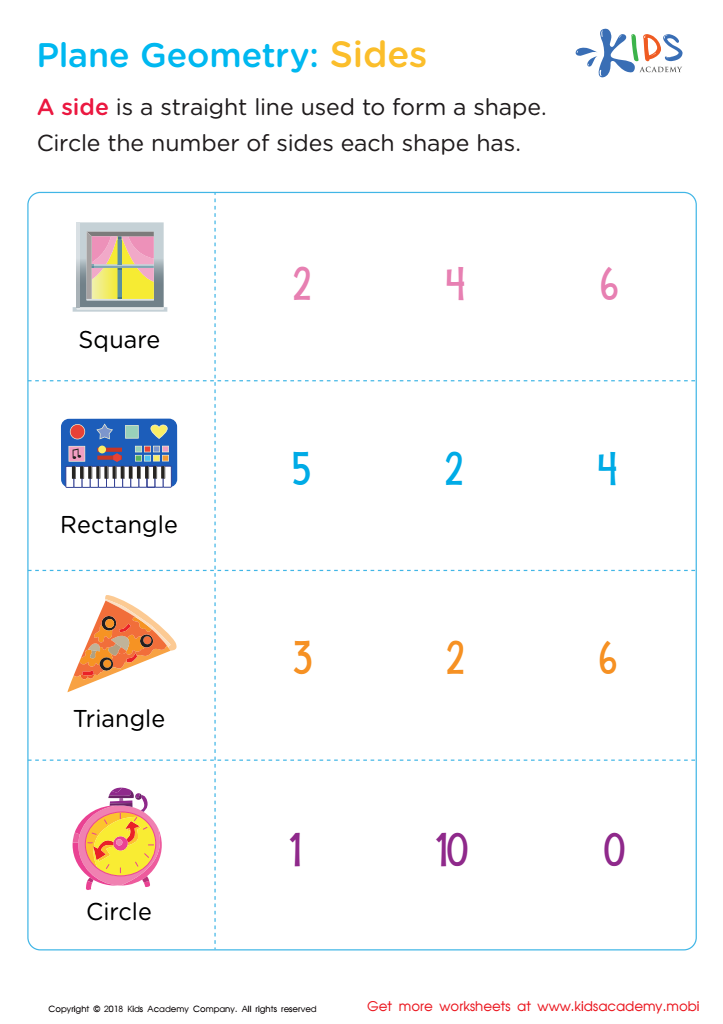

Plane Geometry: Sides Worksheet
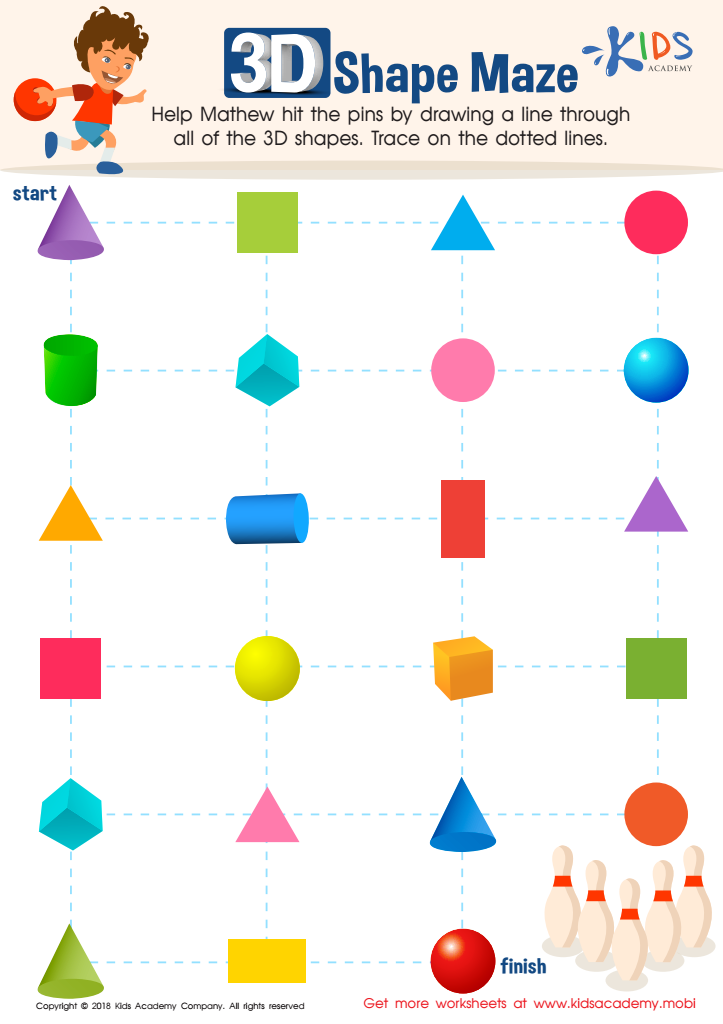

Shapes Maze Geometry Worksheet
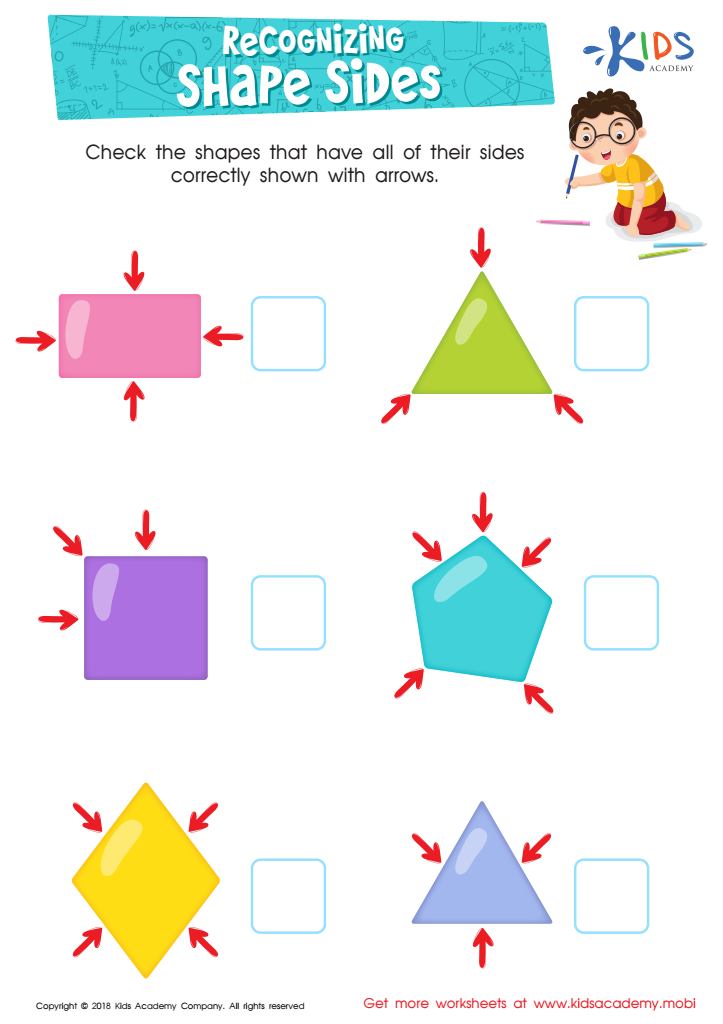

Recognizing Shape Sides Worksheet
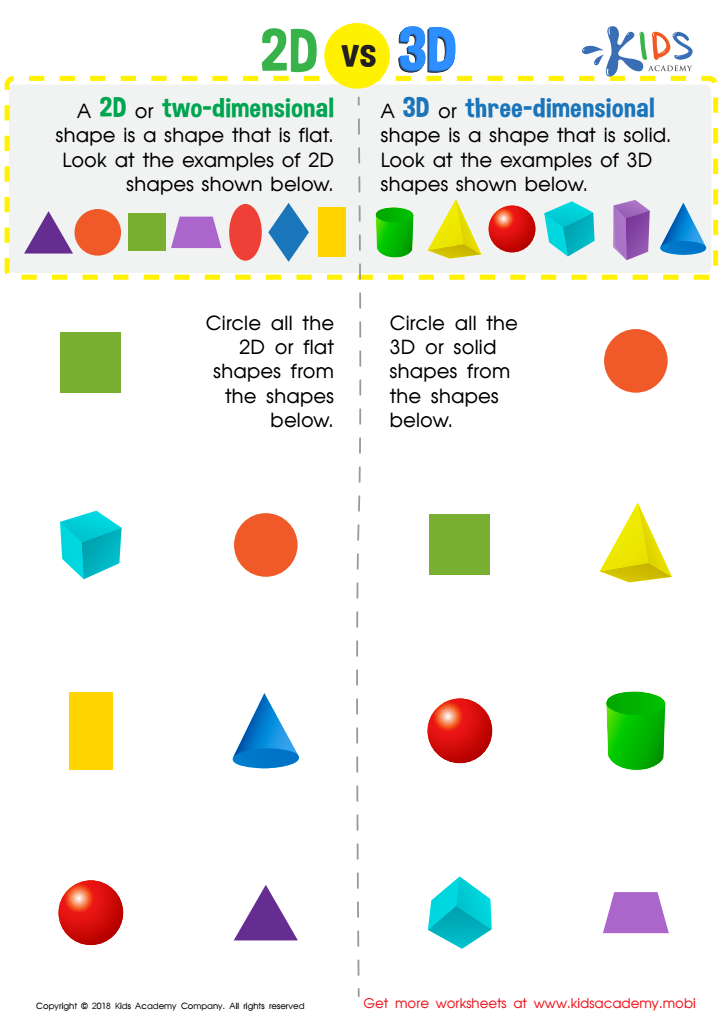

2D vs 3D Shapes Worksheet
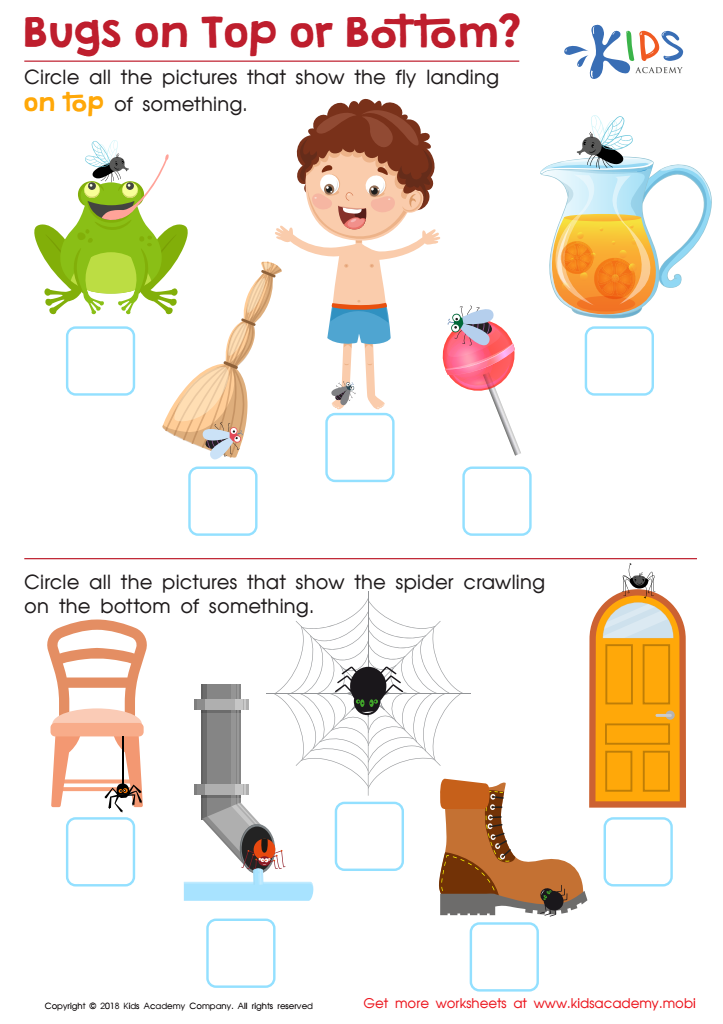

Bugs on Top or Bottom? Worksheet
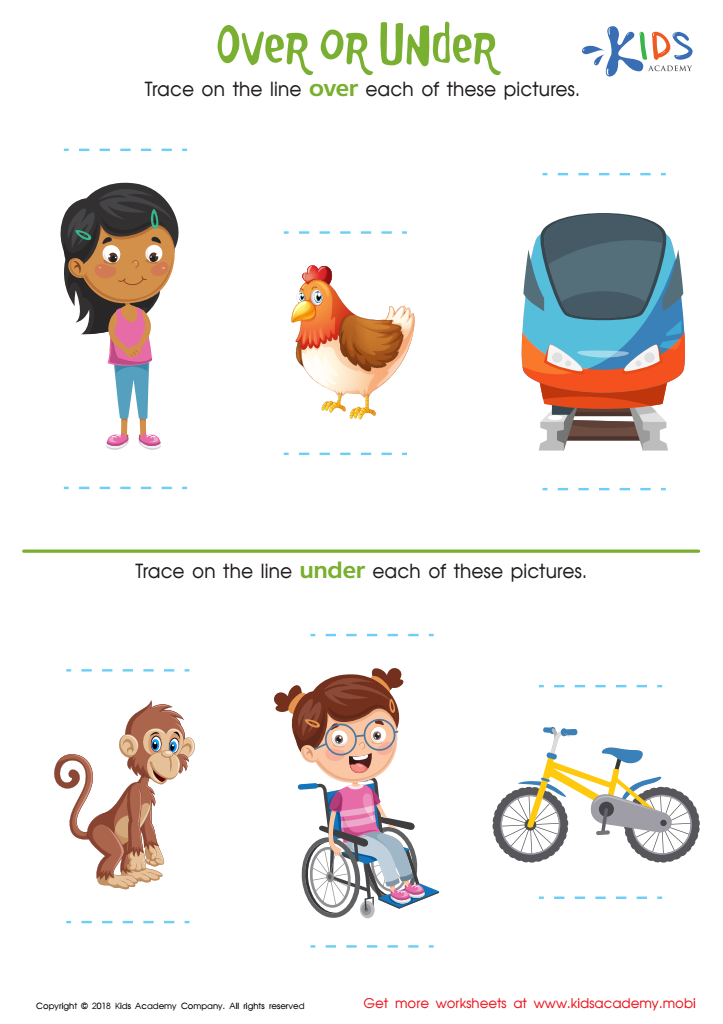

Over or Under Worksheet
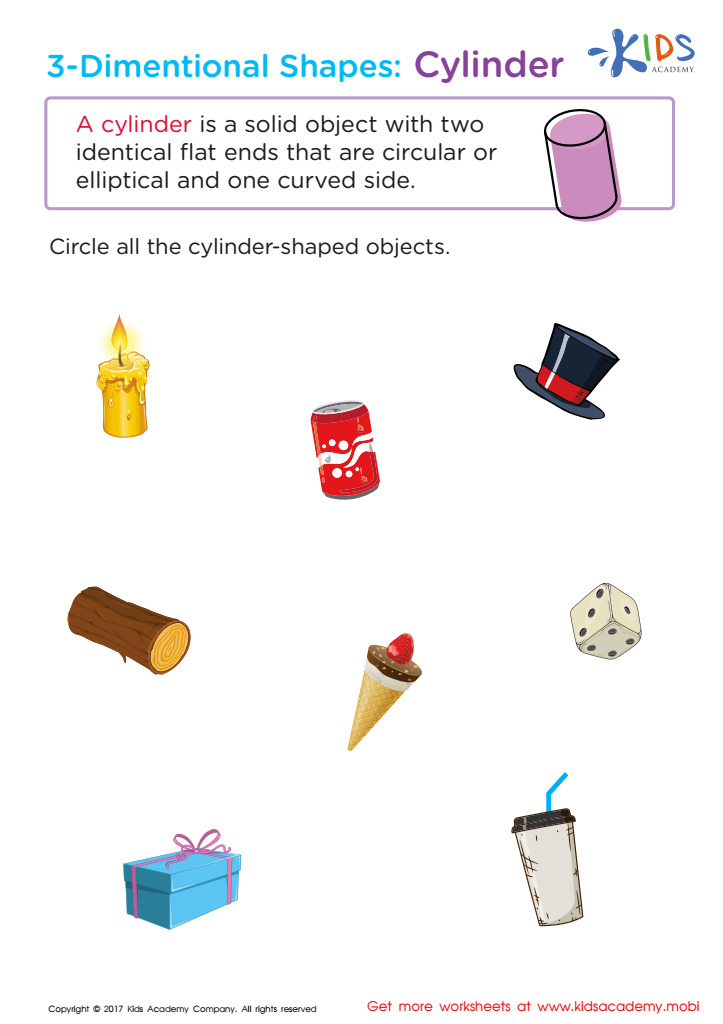

Three–Dimensional Shapes: Cylinder Worksheet
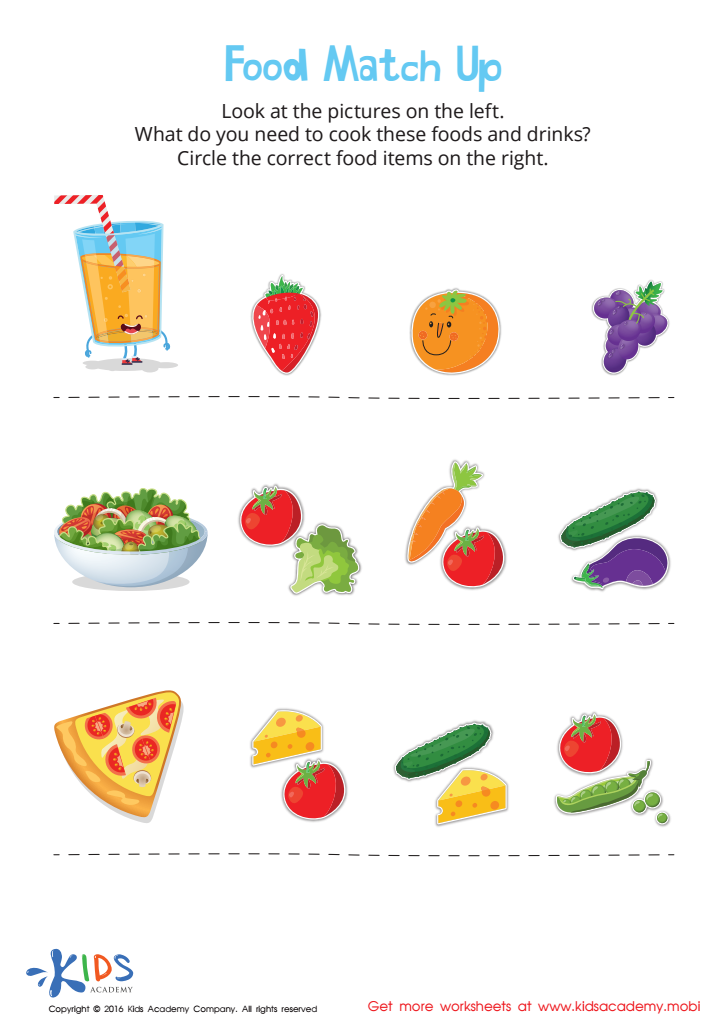

Food Match Up Worksheet
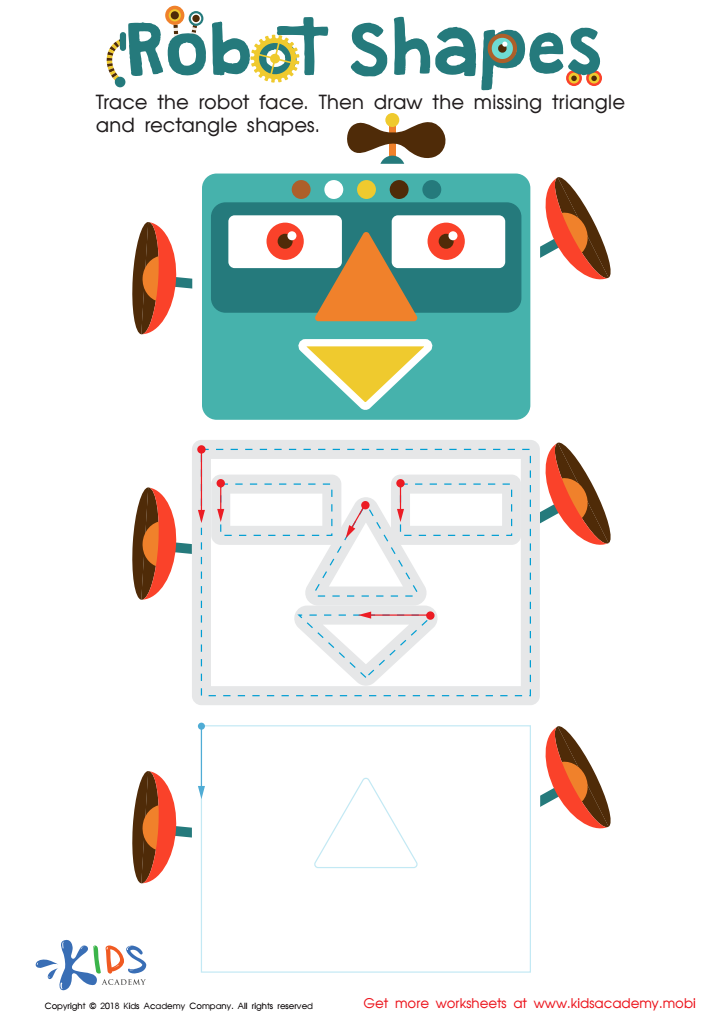

Robot Shapes Worksheet
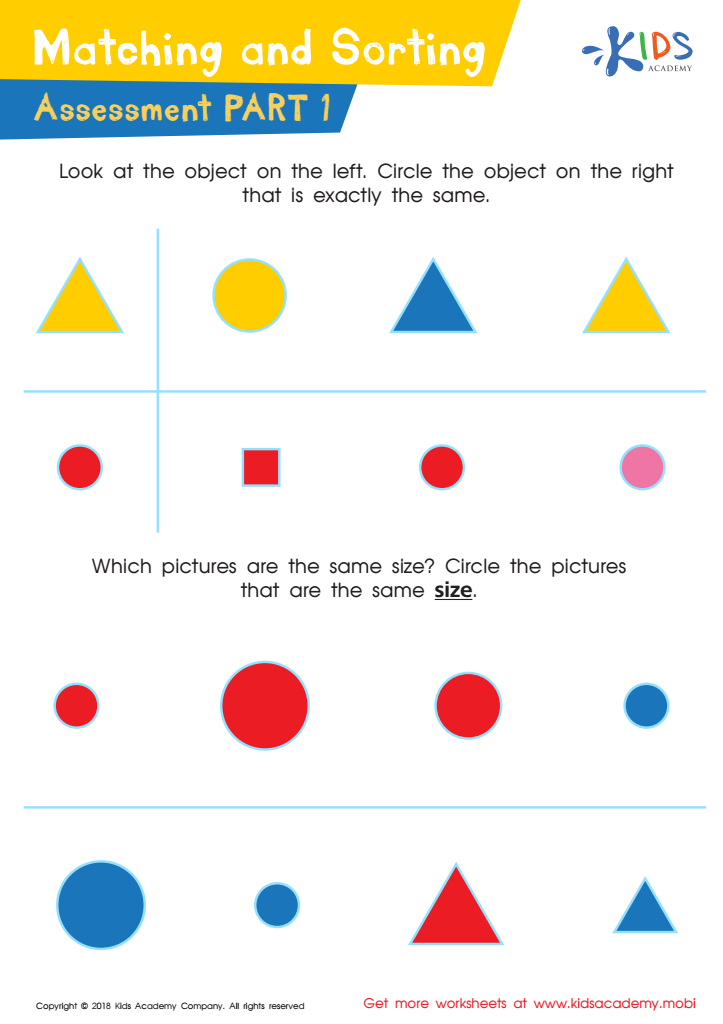

Matching and Sorting for Kindergarten: Assessment 1 Worksheet
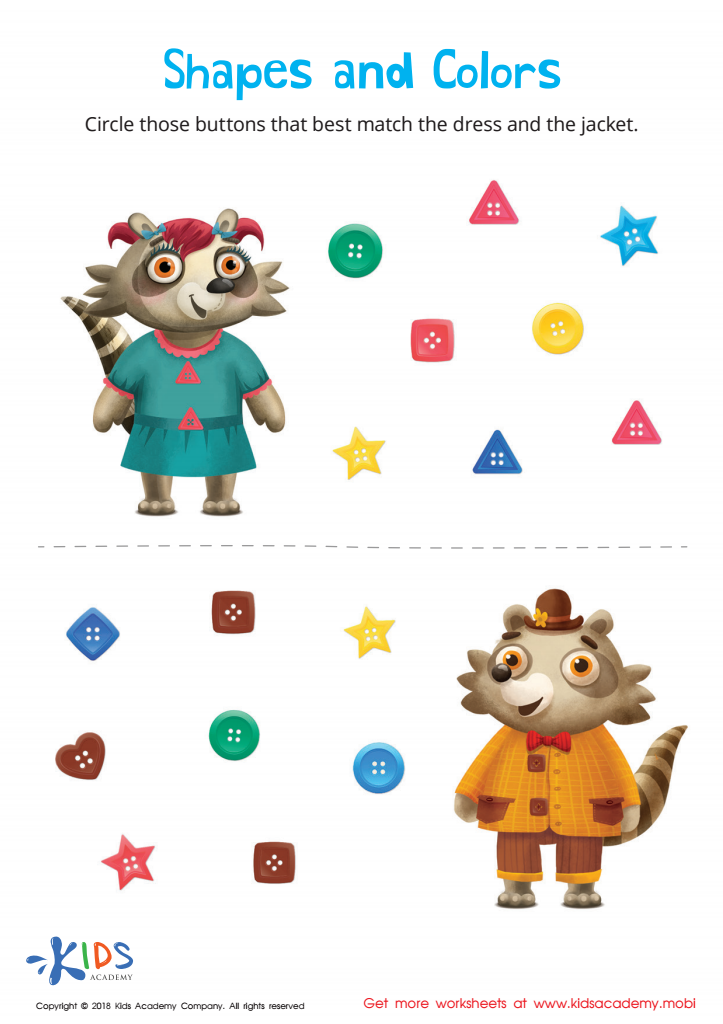

Shapes and Colors Worksheet
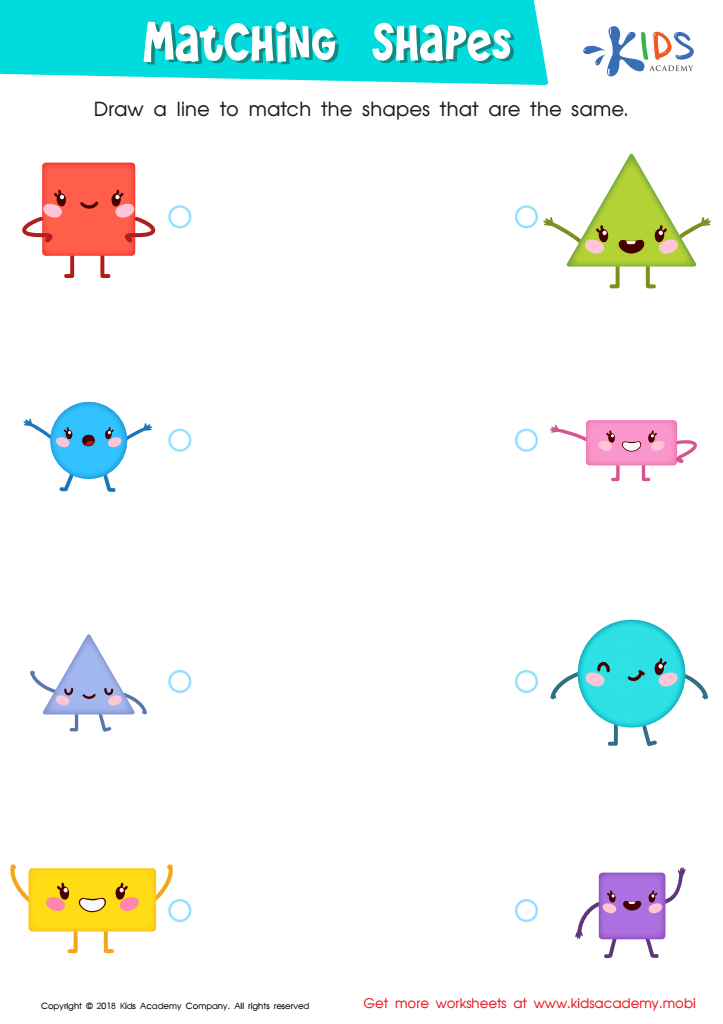

Matching Shapes Worksheet
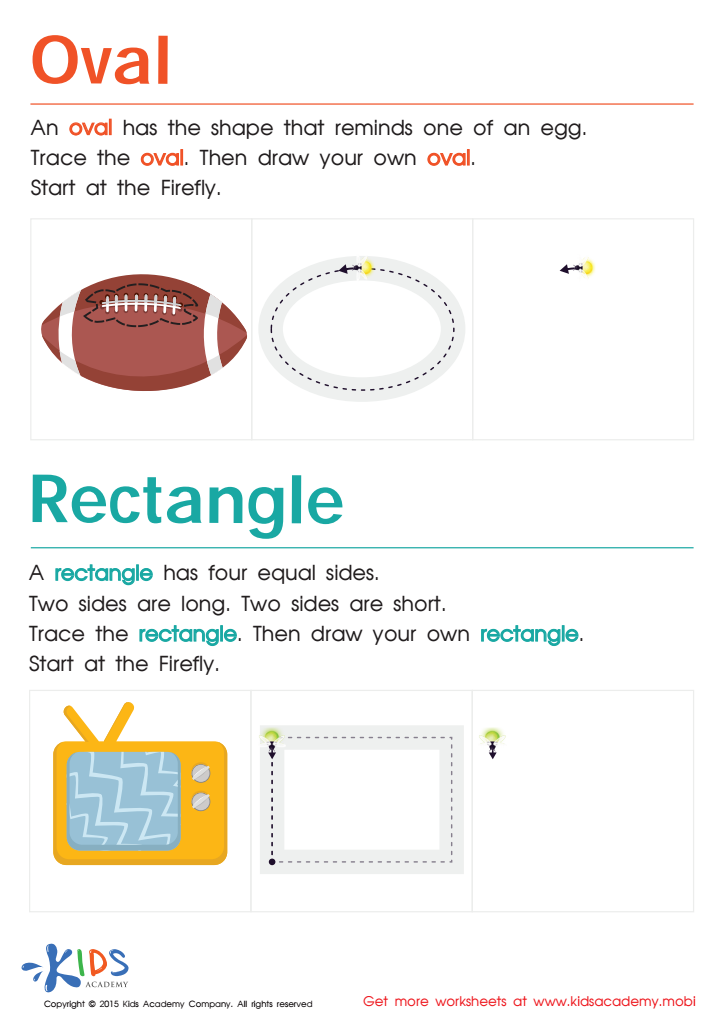

Easy Drawing of Ovals And Rectangles Worksheet
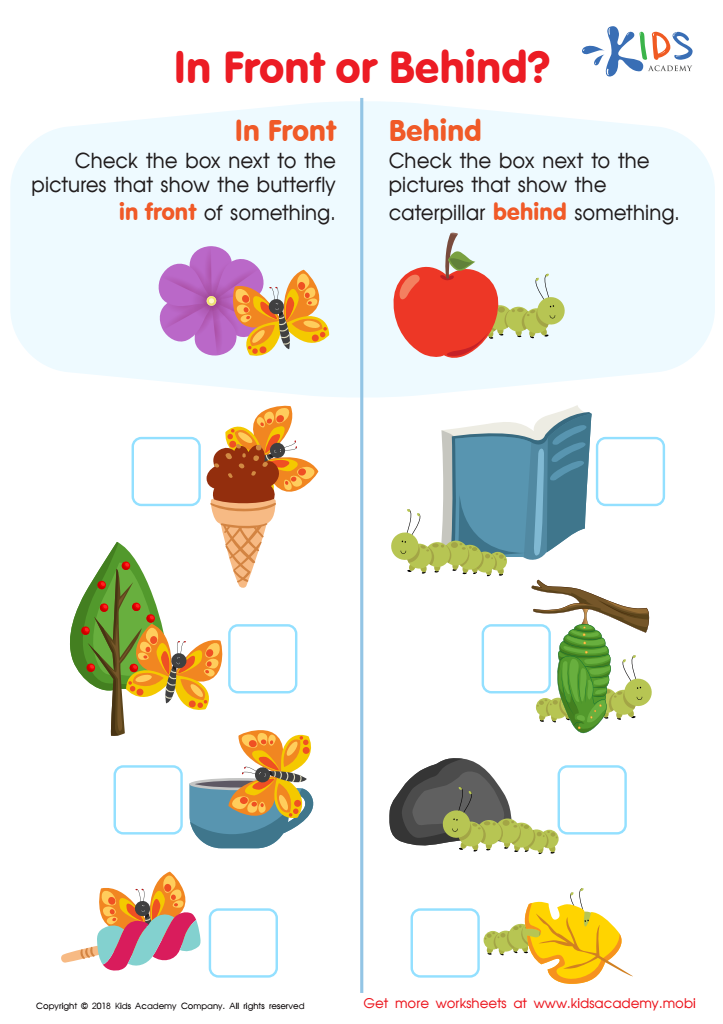

In Front or Behind Worksheet
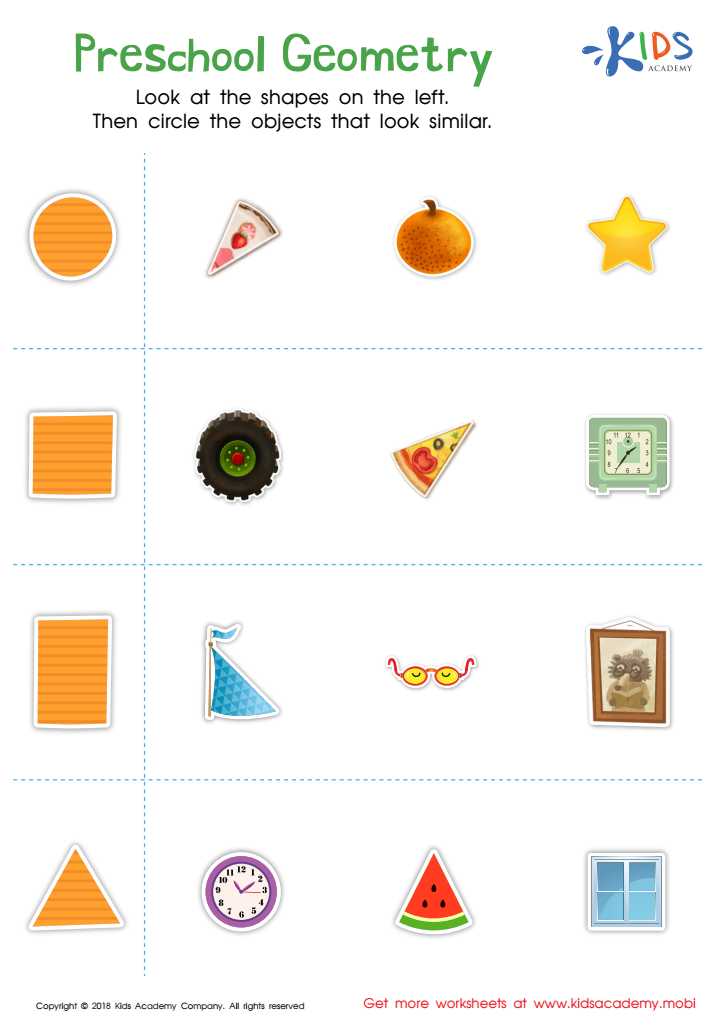

Preschool Geometry Worksheet
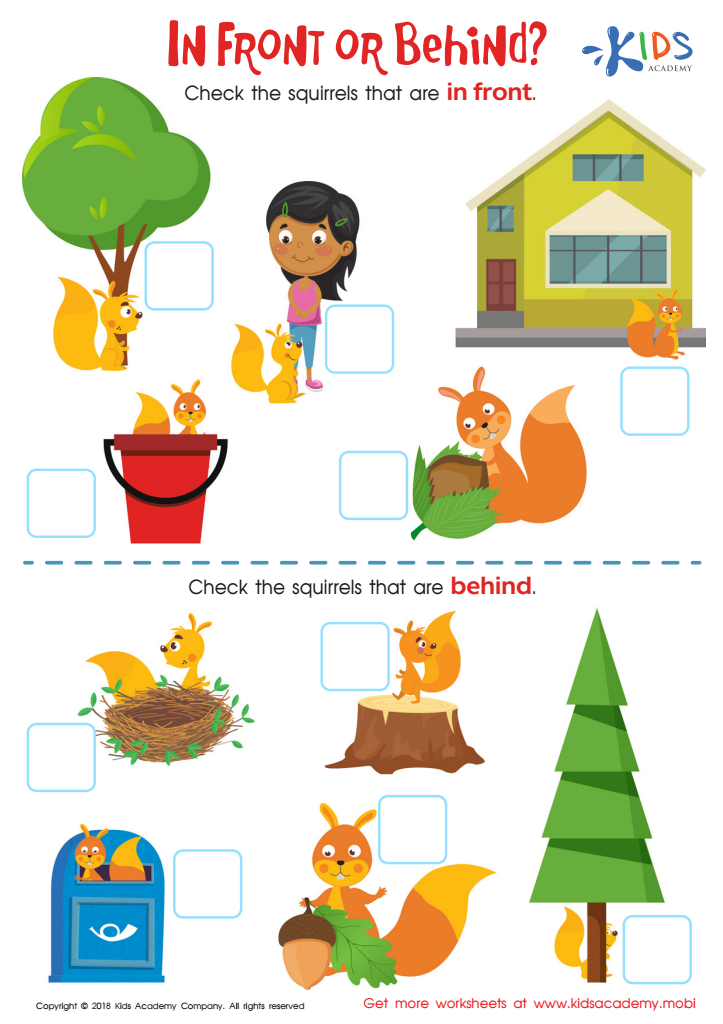

In Front or Behind: Part 2 Worksheet
Understanding Normal Geometry at ages 3-6 is crucial for young children's cognitive development and spatial awareness. During this formative stage, children are naturally curious and enthusiastic about exploring their surroundings. Introducing geometric concepts fosters critical thinking and problem-solving skills; children learn to recognize shapes, patterns, and spatial relationships.
Geometry enhances their ability to categorize objects and boosts creativity, as they begin to see how different shapes can form new objects. Learning about normal geometric concepts lays a solid foundation for mathematical skills needed in later years. When parents and teachers engage in activities involving shapes—such as building blocks, art projects, or nature walks—it encourages hands-on learning and makes abstract ideas more concrete.
Moreover, these experiences promote language development; children learn new vocabulary to describe their discoveries and share with others. By nurturing a positive attitude towards geometry early on, parents and teachers help instill confidence in young learners, enabling them to tackle more complex math concepts in the future. Therefore, caring about Normal Geometry at this age isn't merely about shapes—it's about developing well-rounded, critical thinkers ready to thrive in an increasingly complex world.
 Assign to My Students
Assign to My Students

